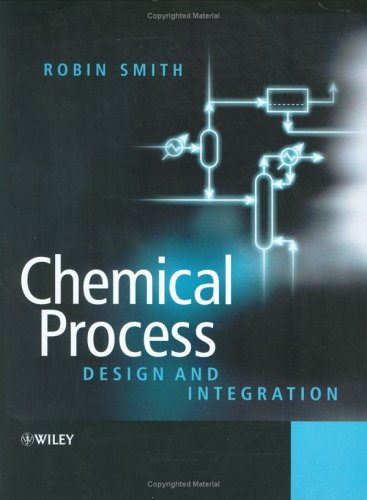

Most ebook files are in PDF format, so you can easily read them using various software such as Foxit Reader or directly on the Google Chrome browser.
Some ebook files are released by publishers in other formats such as .awz, .mobi, .epub, .fb2, etc. You may need to install specific software to read these formats on mobile/PC, such as Calibre.
Please read the tutorial at this link: https://ebookbell.com/faq
We offer FREE conversion to the popular formats you request; however, this may take some time. Therefore, right after payment, please email us, and we will try to provide the service as quickly as possible.
For some exceptional file formats or broken links (if any), please refrain from opening any disputes. Instead, email us first, and we will try to assist within a maximum of 6 hours.
EbookBell Team

4.0
26 reviewsChemical processing should form part of a sustainable industrial activity. For chemical processing, this means that processes should use raw materials as efficiently as is economic and practicable, both to prevent the production of waste that can be environmentally harmful and to preserve the reserves of raw materials as much as possible. Processes should use as little energy as economic and practicable, both to prevent the build-up of carbon dioxide in the atmosphere from burning fossil fuels and to preserve reserves of fossil fuels. Water must also be consumed in sustainable quantities that do not cause deterioration in the quality of the water source and the long-term quantity of the reserves. Aqueous and atmospheric emissions must not be environmentally harmful, and solid waste to landfill must be avoided. Finally, all aspects of chemical processing must feature good health and safety practice.
It is important for the designer to understand the limitations of the methods used in chemical process design. The best way to understand the limitations is to understand the derivations of the equations used and the assumptions on which the equations are based. Where practical, the derivation of the design equations has been included in the text.
The book is intended to provide a practical guide to chemical process design and integration for undergraduate and postgraduate students of chemical engineering, practicing process designers and chemical engineers and applied chemists working in process development. Examples have been included throughout the text. Most of these examples do not require specialist software and can be performed on spreadsheet software. Finally, a number of exercises have been added at the end of each chapter to allow the reader to practice the calculation procedures.